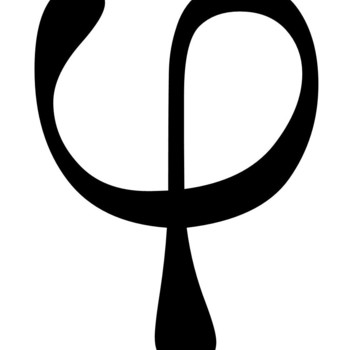4 C3HsN309 (1) 12 CO2 (g) + 6 N2 (g) +10 H20 (g) + 02(g) What volume is occupied by all of the gases produced when 1.00 kg of nitroglycerin explodes? The total pressure is 1.54 atm at 423°C
1 Answer
Explanation:
We know that the reaction is:
The molar mass of nitroglycerin is
We see that on the reactants side,
So the ratio between the two is
According to the Ideal Gas Law:
Here,
Rearranging to solve for

